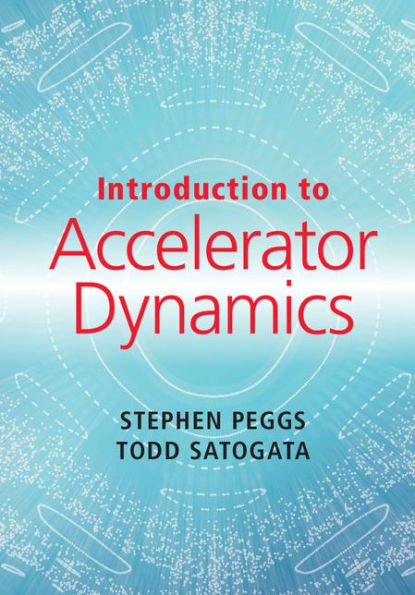How does a particle accelerator work? The most direct and intuitive answer focuses on the dynamics of single particles as they travel through an accelerator. Particle accelerators are becoming ever more sophisticated and diverse, from the Large Hadron Collider (LHC) at CERN to multi-MW linear accelerators and small medical synchrotrons. This self-contained book presents a pedagogical account of the important field of accelerator physics, which has grown rapidly since its inception in the latter half of the last century. Key topics covered include the physics of particle acceleration, collision and beam dynamics, and the engineering considerations intrinsic to the effective construction and operation of particle accelerators. By drawing direct connections between accelerator technology and the parallel development of computational capability, this book offers an accessible introduction to this exciting field at a level appropriate for advanced undergraduate and graduate students, accelerator scientists, and engineers.
1133678328
Introduction to Accelerator Dynamics
How does a particle accelerator work? The most direct and intuitive answer focuses on the dynamics of single particles as they travel through an accelerator. Particle accelerators are becoming ever more sophisticated and diverse, from the Large Hadron Collider (LHC) at CERN to multi-MW linear accelerators and small medical synchrotrons. This self-contained book presents a pedagogical account of the important field of accelerator physics, which has grown rapidly since its inception in the latter half of the last century. Key topics covered include the physics of particle acceleration, collision and beam dynamics, and the engineering considerations intrinsic to the effective construction and operation of particle accelerators. By drawing direct connections between accelerator technology and the parallel development of computational capability, this book offers an accessible introduction to this exciting field at a level appropriate for advanced undergraduate and graduate students, accelerator scientists, and engineers.
73.99
In Stock
5
1

Introduction to Accelerator Dynamics

Introduction to Accelerator Dynamics
eBook
$73.99
$98.00
Save 25%
Current price is $73.99, Original price is $98. You Save 25%.
Related collections and offers
73.99
In Stock

Product Details
| ISBN-13: | 9781108293006 |
|---|---|
| Publisher: | Cambridge University Press |
| Publication date: | 08/07/2017 |
| Sold by: | Barnes & Noble |
| Format: | eBook |
| File size: | 11 MB |
| Note: | This product may take a few minutes to download. |
About the Author
From the B&N Reads Blog
